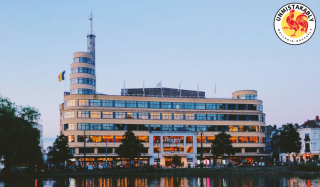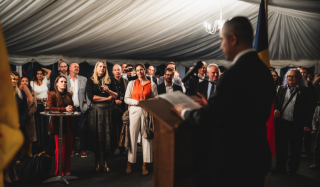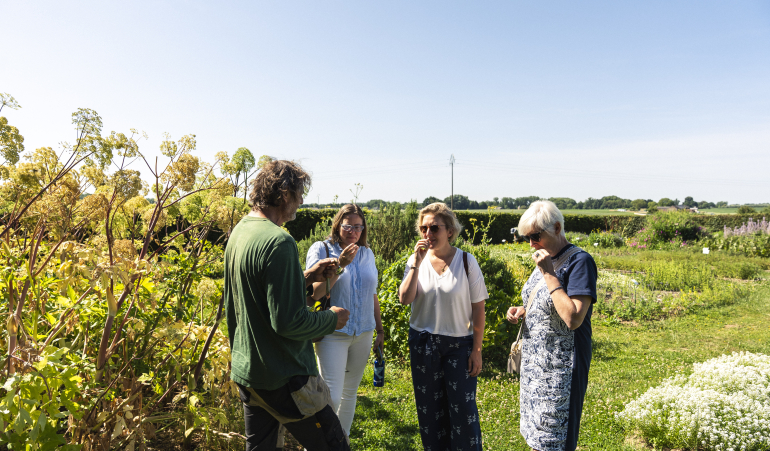
In a world increasingly focused on environmental stewardship and cultural preservation, gardens have become a living classroom, conservation sites, and bridges between nations.
This past June, a cross-border initiative between the United Kingdom and Belgium illustrated this idea through the visit of Mrs. Sue Medway, Director of London’s historic Chelsea Physic Garden, to Wallonia, southern Belgium.
Her journey took her through some of the region’s most emblematic botanical and heritage sites, marking a powerful moment of international collaboration in plant heritage, ecological education, and cultural diplomacy.
From historic abbey grounds to Michelin-starred permaculture gardens, the tour highlighted how botanical spaces can inspire action across disciplines: from healthcare to gastronomy, science to sustainability.
Exploring the Roots of Innovation and Heritage
Les Jardins d’Annevoie
Hosted by Ernest Tom Loumaye and Nathalie de Changy, these 18th-century water gardens presents a rare example of classical landscape architecture where gravity-fed fountains demonstrate early sustainable engineering. A model of how historical ingenuity can still inspire today’s environmental thinking.
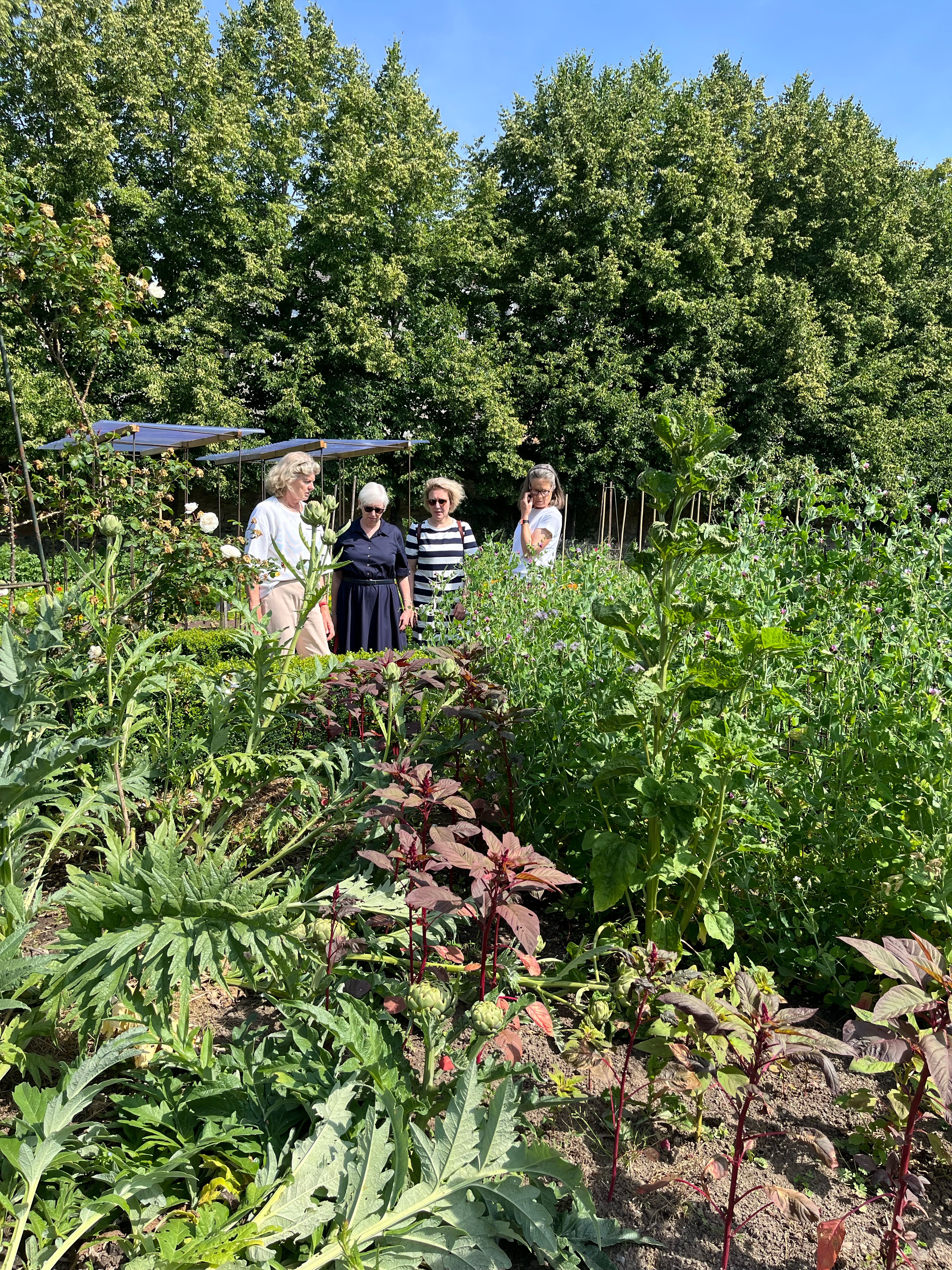
Serres du Jardin Botanique de Liège
Led by Olivier Guiot, this urban botanical hub displayed a diverse collection of tropical and subtropical species. The greenhouses serve as repositories of biodiversity and as vital centres for education and conservation in an increasingly climate-challenged world.

Gardens of the Notre-Dame à la Rose Hospital (Lessines)
CEO Thérèse Claeys guided the group through gardens that echo centuries of medicinal practice. The site’s integration of healthcare and horticulture resonates deeply with the Chelsea Physic Garden’s origins as a center for medicinal plant study.
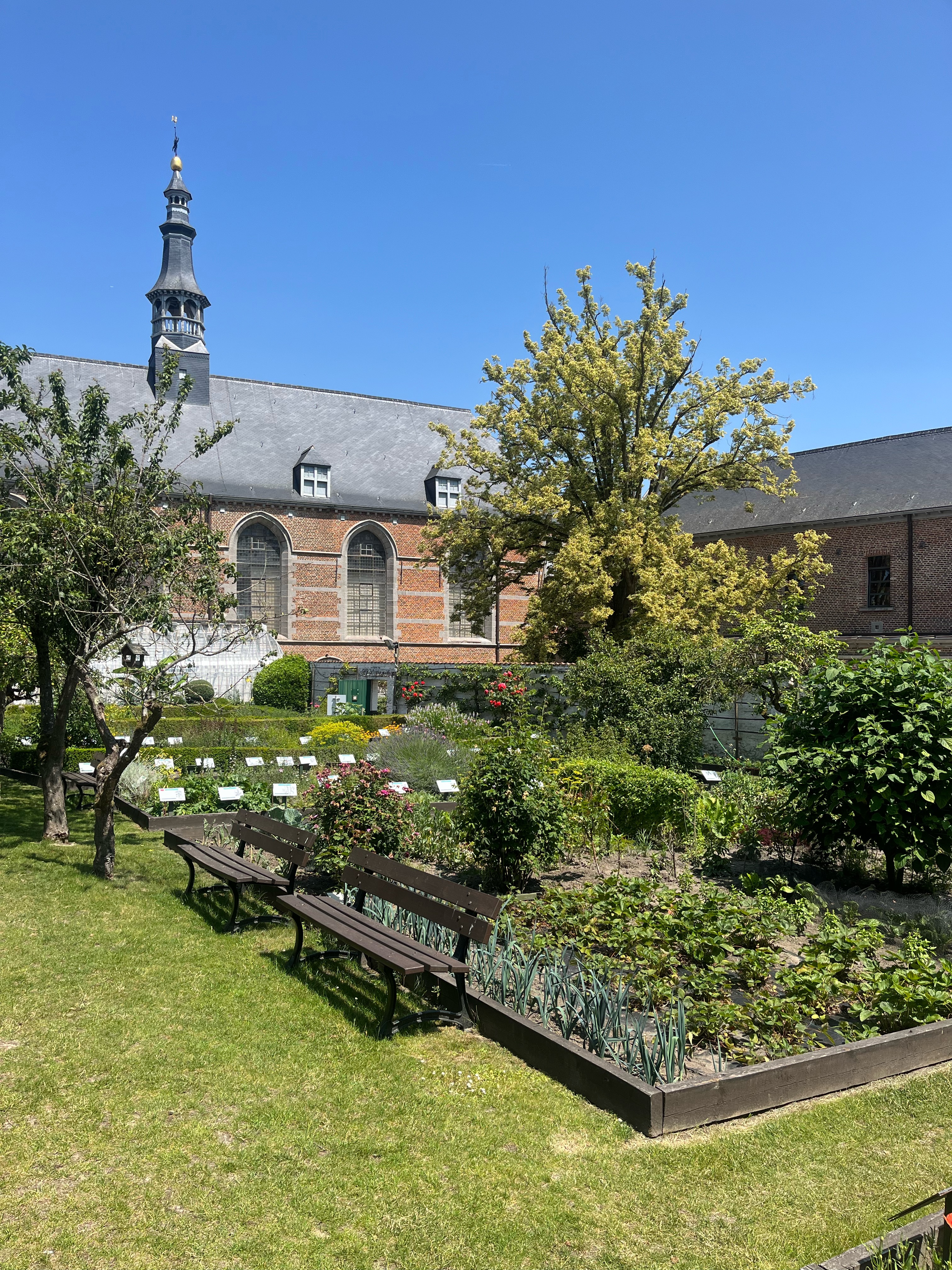
Abbaye de Villers-la-Ville
Set among the ruins of a Cistercian abbey, this site offered a deeply spiritual and historical dimension to the tour. With contributions from Director Cedric Delcour and the team, the gardens — including monastic plots, vineyards, and medicinal beds — illustrate how plants shaped daily life and belief systems in monastic culture.

L’air du temps
In the fields surrounding Chef San Degeimbre’s two-Michelin-starred restaurant, the group explored how food, farming, and sustainability intersect. Guided by Benoit Blairvarcq, these gardens embody a farm-to-fork philosophy anchored in permaculture and seasonal harmony.
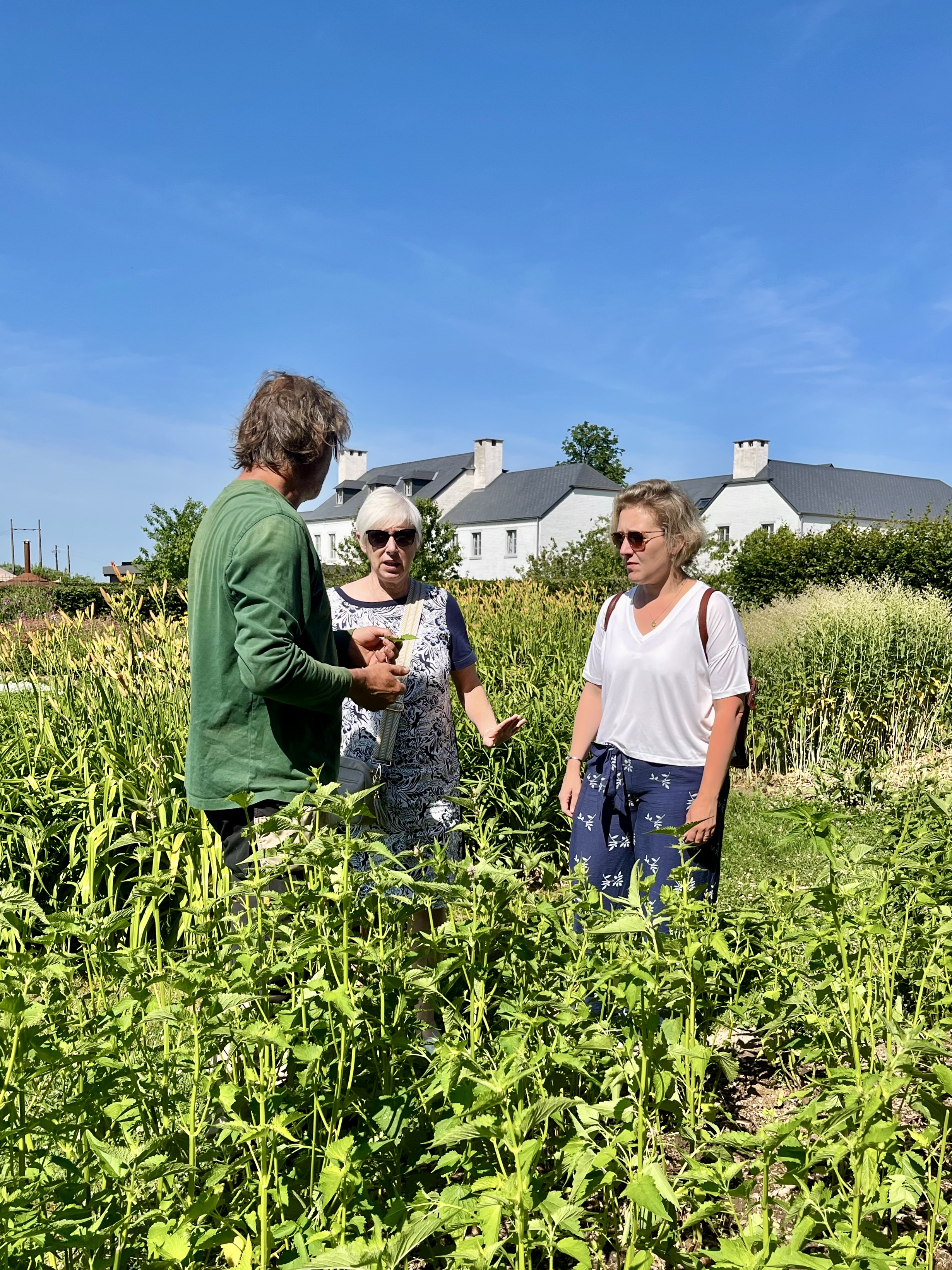
The Hougoumont Farm Gardens
On the historic Waterloo Battlefield, we were proud to witness the official launch of its garden restoration project. This meaningful initiative, attended by His Royal Highness The Duke of Edinburgh, whose presence reflected the enduring friendship between Belgium and the United Kingdom, revives a site of military heritage while re-imagining it as a space for education, ecological engagement, and reflection, where landscape, memory, and sustainability come together to inspire future generations.
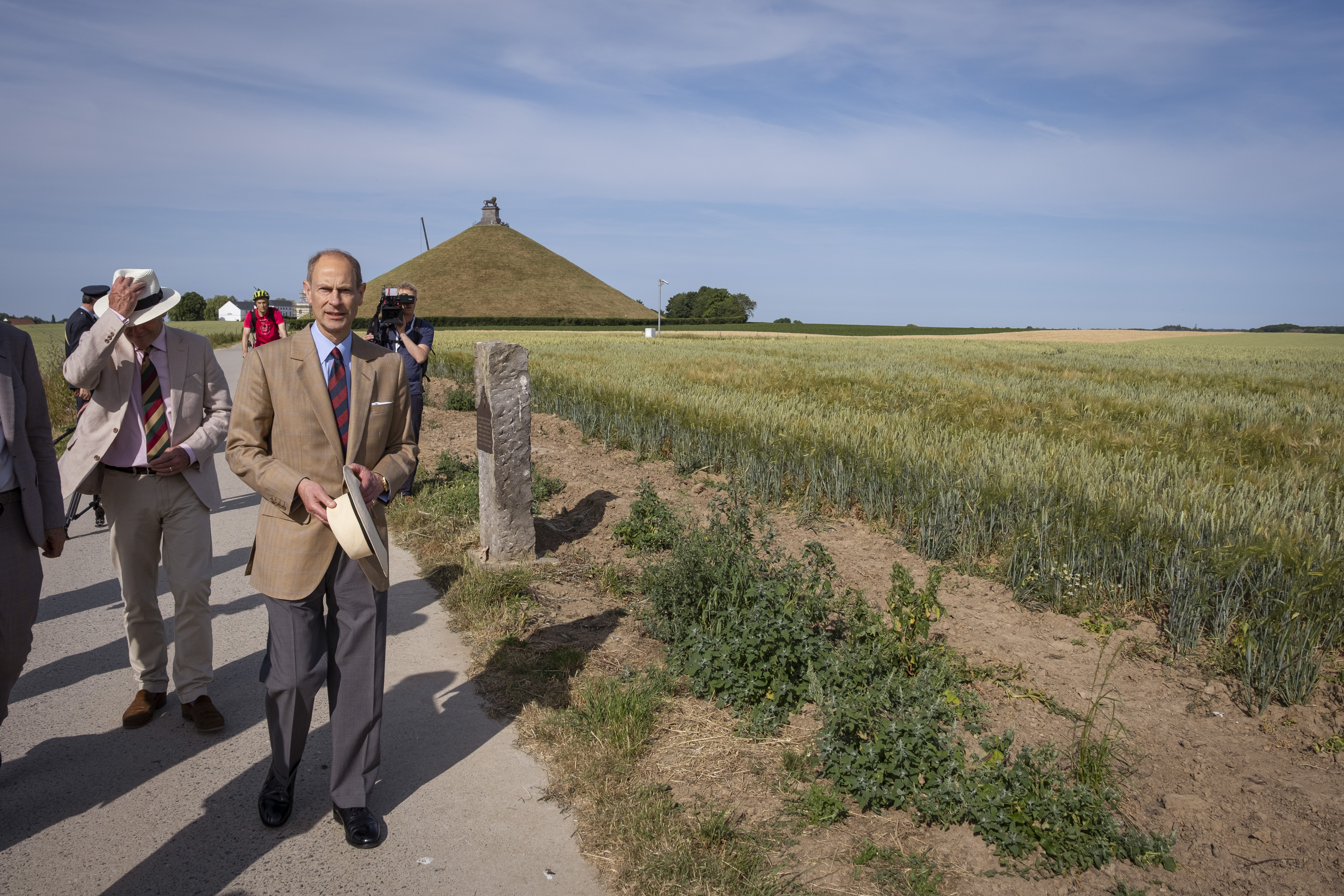
Planting Seeds for the Future
This botanical journey underscored the shared values between the UK and Belgium in the areas of conservation, public education, and sustainable tourism.
The visit planted the seeds for future collaboration, reinforcing the idea that gardens are not just reflections of the past, but living systems for the future.
The Chelsea Physic Garden’s role in this exchange emphasizes its ongoing commitment to advancing plant science, education, and international dialogue.
Stay Connected
Learn more about Chelsea Physic Garden and its international outreach.
